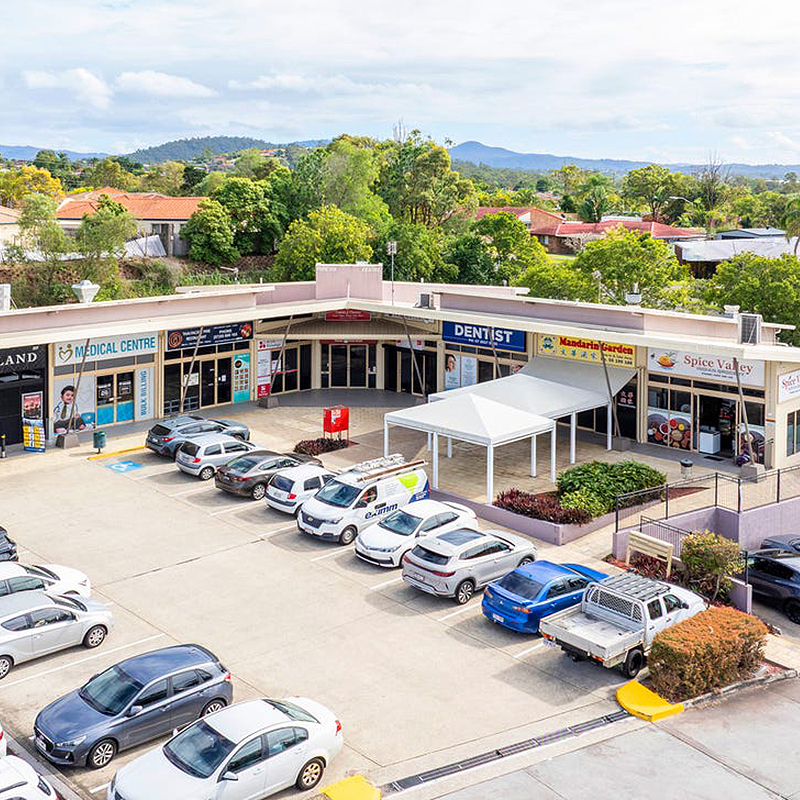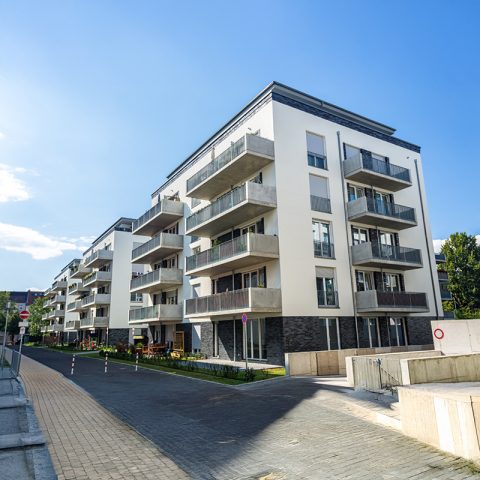(Whether You’re Value-Adding or Set-and-Forget)
Queensland’s neighbourhood centres—think small, convenience-anchored retail strips serving a 5–10 minute drive time—sit in a sweet spot for private investors. They’re typically anchored by “daily needs” tenants (superette/supermarket, pharmacy, medical/allied health, bakery, bottle shop, takeaway) with a supporting mix of service retailers.
In a world where discretionary retail waxes and wanes, neighbourhood centres tap into regular, repeat spend: bread-and-milk economics.
Below, we break down why these assets are compelling in QLD right now and how to approach them through two winning playbooks:
(1) buying a value-add opportunity and
(2) acquiring a set-and-forget asset that’s already dialled in.
Why Neighbourhood Centres Work
# | Factor | Summary |
1 | Defensive, “Daily Needs” Income | Neighbourhood centres are built around non-discretionary visits—scripts, school runs, coffee stops, dinner pickups. That everyday utility translates to stable foot traffic and, over time, steadier rent rolls than fashion or bulky goods. |
2 | Broad Tenant Appeal, Low Online Substitution | Pharmacy, medical, dental, physio, pathology, bakery, butcher, bottle shop, nail bar, barber—these are inherently local and hard to digitise. That reduces e-commerce disruption risk compared with higher discretionary formats. |
3 | Manageable Lot Size & Price Point | Compared to sub-regional malls or large-format retail, neighbourhood centres are accessible to private investors and family offices: fewer zeros, simpler operations, and often superior risk-adjusted returns for hands-on owners. |
4 | Lease Structures That Can Favour Landlords | You’ll commonly see fixed annual uplifts (often 3–4% or CPI) and tenants contributing to outgoings. Longer WALE and options with credible covenants can underpin strong banking and valuation outcomes. |
5 | Multiple Levers to Grow Value | Because the centres are small and human-scale, you can actively improve them—re-merchandise the mix, tidy the façade and carpark, add solar, or re-plan the layout to lift NLA. These incremental wins add up quickly in capitalisation. |
THE TWO PLAYBOOKS
A) The Value-Add Play: Manufacture Equity
Perfect for: Investors comfortable with leasing risk, capex, and an active hold.
Typical Signs of a Value-Add Deal
• 1–3 vacancies, short WALE, or tenant mix skewed to low-productivity categories
• Under-market rents or inconsistent rent reviews
• Tired presentation: dated signage, poor lighting, awkward car-park flow
• Latent planning potential: scope to add a kiosk, pad site, or small GFA bump (subject to approvals)
Levers That Move the Needle
• Leasing & remix: Backfill vacancies with medical/allied health, QSR/takeaway, or convenience services with longer terms and solid covenants.
• Rebase or reset rents: Bring under-market leases to market on renewal with structured uplifts.
• Improve parking & access: Re-stripe, add wayfinding, fix entry/exit conflicts—tiny changes can lift dwell time and turnover.
• Signage & visibility: Pylon upgrades, consistent fascias, and night lighting improve trade and tenant demand.
• ESG upgrades: Solar PV with tenant sub-metering, LED retrofits, efficient HVAC—lower outgoings, stronger tenant retention, better cap rates.
• Amenity adds: ATM/parcel lockers, shade structures, outdoor seating—small costs, noticeable trade lift.
• Reconfiguration: Convert oversized shops into two smaller tenancies; create a medical hub with shared reception; activate a dead corner as a kiosk.
Back-of-the-Envelope Example (Updated for 6.0% Yield)
Step | Details |
Purchase | $5.0m on a 6.0% yield ($300k NOI) |
Lease & Rebase | Lease one vacancy + rebase two renewals: add $45k NOI |
Capex | $250k in presentation and occupancy improvements, supporting 25 bps cap-rate compression |
New NOI | ~$345k |
Revalued | At 5.75% cap, value ≈ $6.0m |
Equity Created | ≈ $750k (before costs) + better cash flow |
Key Risks to Manage
• Leasing risk & time to fill (carry costs, incentives)
• Capex creep (set a clear scope with contingencies)
• Overreliance on one anchor (diversify categories; protect sightlines and parking for the hero tenant)
B) The Set-and-Forget Play: Buy the Finished Article
Perfect for: Investors prioritising stable income, minimal involvement, and predictable distributions.
What “Finished” Looks Like
• 100% occupancy with a quality daily-needs anchor (e.g., supermarket/mini-major, pharmacy/medical)
• WALE 5–7+ years with staggered expiries
• Fixed annual reviews (ideally 3–4% or CPI + fixed)
• Triple-net or net leases with clean outgoings recovery
• Strong car-park ratio, compliant building services, tidy capex profile
Why It Works
• Low management intensity, reliable cash flow, simpler debt conversations.
• Defensive in downturns; tenants’ sales are less cyclical.
• Attractive for SMSFs, family trusts, and investors balancing a broader portfolio.
What Still Deserves Scrutiny
• Tenant covenant quality: pharmacy ownership structure, medical practitioners’ tenure, supermarket brand strength.
• Expiry cliffs: avoid a pile-up of expiries in the same year.
• Competition mapping: planned centres, new ALDI/Coles Local, or re-anchoring nearby strips.
• Natural hazards & compliance: flood mapping, fire systems, accessibility, asbestos, façade integrity.
• Outgoings integrity: check what’s recoverable vs landlord cost; pressure-test actuals vs budget.
Queensland-Specific Considerations (Keep You Out of Trouble)
Category | Key Points |
Planning & Use Rights | Confirm zoning and permitted uses under the local planning scheme; understand car-parking rates, trading hours, and signage controls. |
Flood & Stormwater | Many QLD locales have nuanced flood overlays—review the latest reports and insurability implications. |
Building Compliance | Fire, disability access, food tenancy requirements; nail these early, especially in older strips. |
Environmental Checks | Historic uses (e.g., former servo or dry-cleaner) may trigger contamination due diligence. |
Insurance & Cyclones | Ensure the building’s construction, roof condition, and maintenance history support affordable premiums. |
Local Demographics | Growth corridors vs mature suburbs; weekday vs weekend peaks; school proximity; commuter patterns. |
Which Strategy Suits You?
Profile | Go Value-Add If… | Go Set-and-Forget If… |
Investor Type | Enjoys being hands-on and managing leasing/value creation | Prefers passive oversight and predictable returns |
Risk Appetite | Can tolerate short-term leasing/capex risk | Seeks capital preservation and low volatility |
Timeframe | 12–36 months active value program | Long-term, low-touch hold |
Objective | Manufacture uplift and equity | Steady income and stability |
Many investors blend the two: buy something almost-there, execute a light program (leasing + cosmetic capex), then settle into a passive hold—locking in better income and a cleaner future exit.
To find out more contact Murray.



